Growing economic uncertainty stemming from tariff concerns and elevated building material costs kept builder sentiment in negative territory in April, despite a modest bump in confidence likely due to a slight retreat in mortgage interest rates in recent weeks.
Builder confidence in the market for newly built single-family homes was 40 in April, edging up one point from March, according to the National Association of Home Builders (NAHB)/Wells Fargo Housing Market Index (HMI).
The March dip in mortgage rates may have stimulated some sales activity in recent weeks. However, builders have expressed growing uncertainty over market conditions as tariffs have increased price volatility for building materials at a time when the industry continues to grapple with labor shortages and a lack of buildable lots.
Policy uncertainty is making it difficult for builders to accurately price homes and make critical business decisions. The April HMI data indicates that the tariff cost effect is already taking hold, with the majority of builders reporting cost increases on building materials due to tariffs.
When asked about the impact of tariffs on their business, 60% of builders reported their suppliers have already increased or announced increases of material prices due to tariffs. On average, suppliers have increased their prices by 6.3% in response to announced, enacted, or expected tariffs. This means builders estimate a typical cost effect from recent tariff actions at $10,900 per home.
The latest HMI survey also revealed that 29% of builders cut home prices in April, unchanged from March. Meanwhile, the average price reduction was 5% in April, the same rate as the previous month. The use of sales incentives was 61% in April, up from 59% in March.
Derived from a monthly survey that NAHB has been conducting for more than 35 years, the NAHB/Wells Fargo HMI gauges builder perceptions of current single-family home sales and sales expectations for the next six months as “good,” “fair” or “poor.” The survey also asks builders to rate traffic of prospective buyers as “high to very high,” “average” or “low to very low.” Scores for each component are then used to calculate a seasonally adjusted index where any number over 50 indicates that more builders view conditions as good than poor.
The HMI index gauging current sales conditions rose two points in April to a level of 45. The gauge charting traffic of prospective buyers increased one point to 25 while the component measuring sales expectations in the next six months fell four points to 43.
Looking at the three-month moving averages for regional HMI scores, the Northeast fell seven points in April to 47, the Midwest moved one point lower to 41, the South dropped three points to 39 and the West posted a two-point decline to 35.
The HMI tables can be found at nahb.org/hmi.
Discover more from Eye On Housing
Subscribe to get the latest posts sent to your email.
This article was originally published by a eyeonhousing.org . Read the Original article here. .

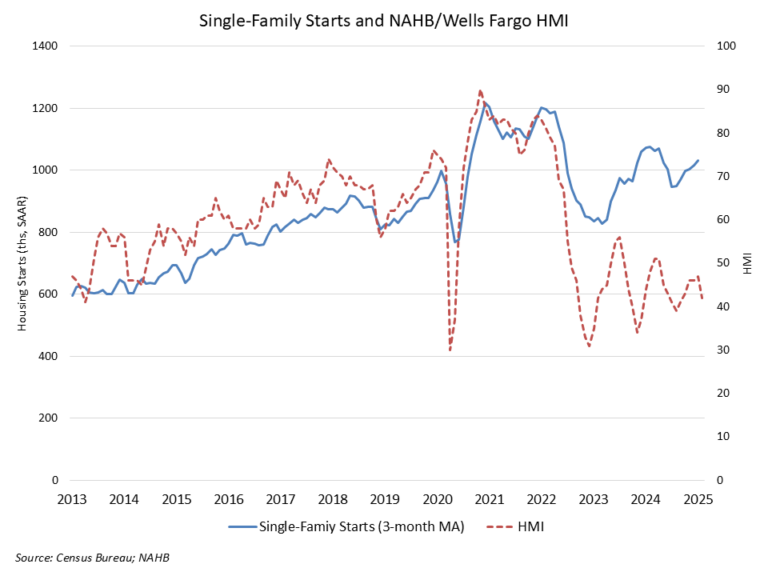
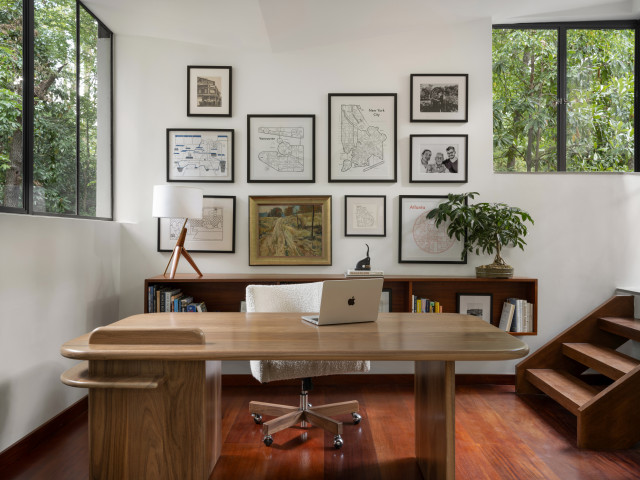


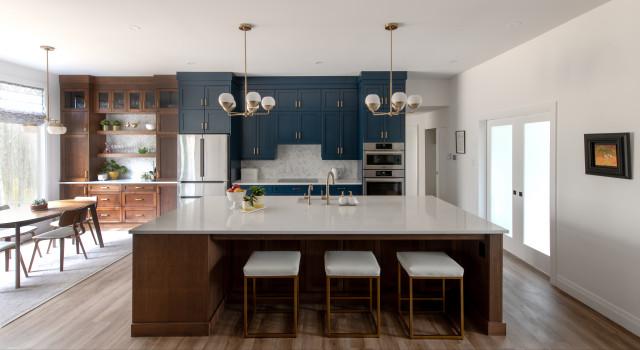

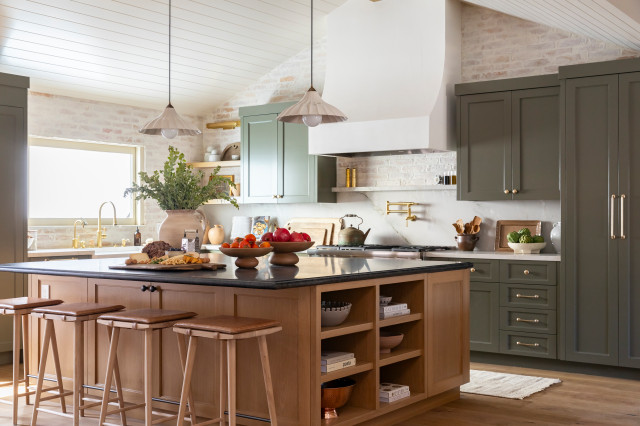
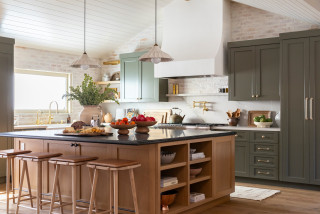
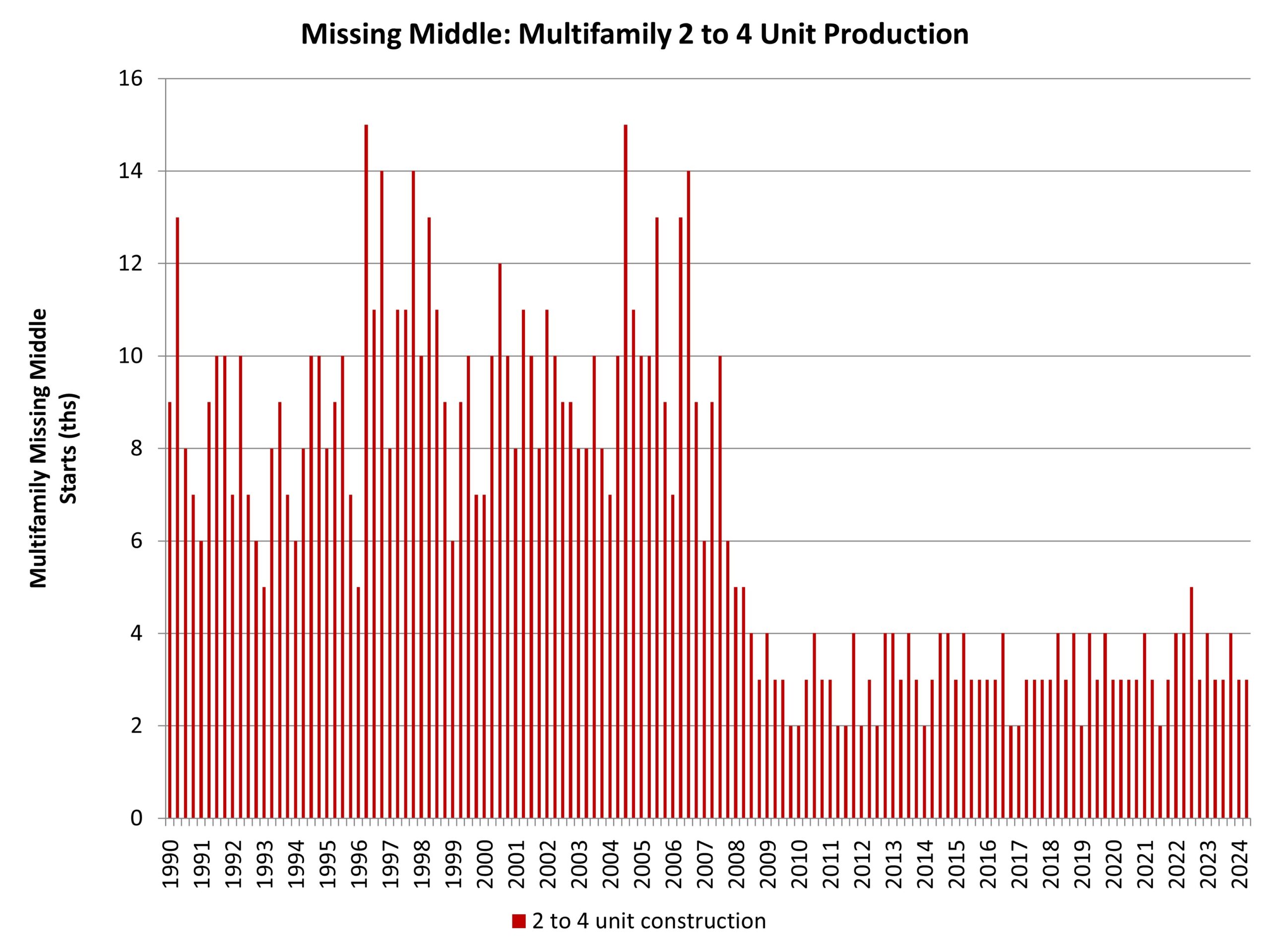
Keeping your email accounts as clutter-free as possible may improve your productivity and efficiency. Also, a continuous stream of unwanted emails can camouflage and push down important emails that are actually relevant and need your attention.
Take steps to stop the sources of spam and junk emails rather than merely deleting them. You can start by unsubscribing from legitimate company emails that you didn’t sign up for or no longer want. If you’re unsure of a sender’s legitimacy, opt to mark the email as spam and block the sender to prevent future communication.
You may also receive excess emails from senders you like or need, such as retail email marketing, magazine or news subscriptions or shipping confirmations. You won’t want to unsubscribe from these emails but you may want to delete outdated ones.
To streamline the process, focus on one sender at a time. For example, search for the newsletter you subscribe to. If you have accrued many in your inbox, you may be able to select them all, perhaps with the exception of the latest edition, and delete them en masse. Deleting by sender may save you time by not having to sort through various unrelated emails and deciding one by one.